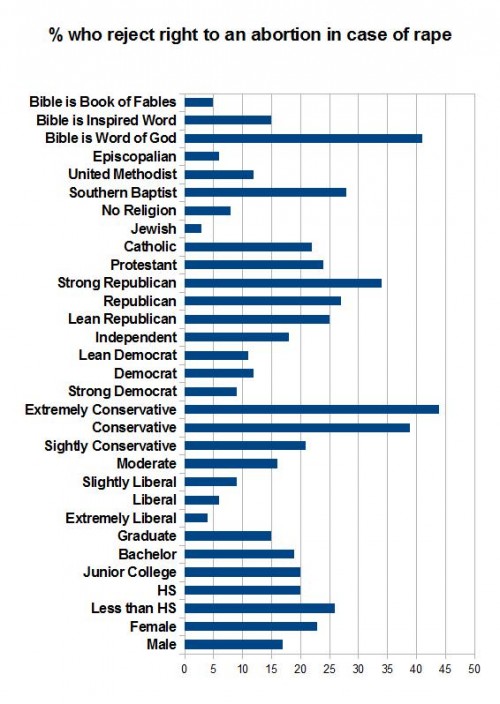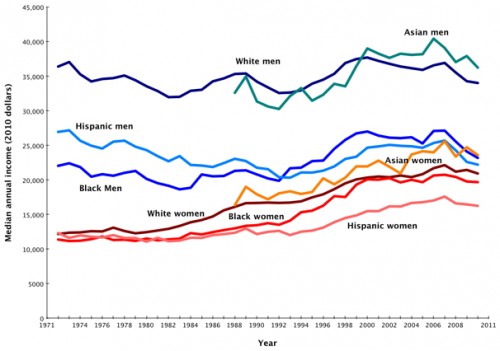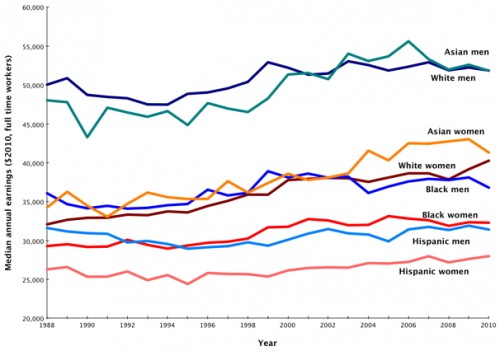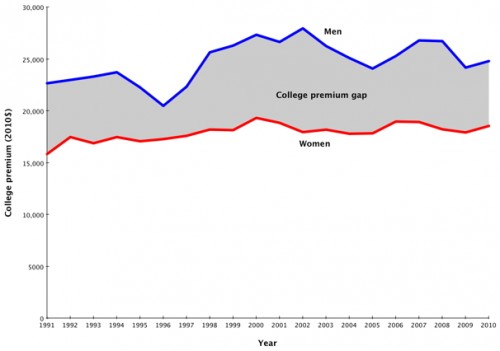Cross-posted at Caroline Heldman’s Blog.
During a debate this past Tuesday, Indiana Republican senate nominee, Richard Mourdock, made the case against the rape exception for abortions: “I’ve struggled with it myself for a long time, but I came to realize that life is that gift from God, and even when life begins in that horrible situation of rape, that it is something that God intended to happen.”
So according to Mourdock, God intends for rape to happen, and the outcome of rape is a gift from God.
What puzzles me is how Mourdock’s rape enthusiast comments fit with Missouri Republican senate candidate Todd Akin’s recent comments that “legitimate rape” (read“forcible rape”) rarely leads to pregnancy because, ”If it’s a legitimate rape, the female body has ways to try to shut that whole thing down.”
Mourdock and Akin’s beliefs, when considered together, produce a bizarre philosophy. I would like to know: Why would God create female bodies that reject God’s “gifts”? And if women don’t get pregnant from “forcible rape,” does that mean that God doesn’t intend ”forcible rapes”? Put another way, does God only intend certain types of rape, you know, the ones that come with “the gift”?
One-in-five Americans agree with Mourdock and Akin’s abortion stance. Razib Khan’sanalysis of the General Social Survey shows that 20% of Americans think abortion should be illegal in cases of rape. Republicans with lower levels of education who identify as extremely conservative and believe the Bible is the word of God are more likely than other Americans to hold this belief.
For Mourdock, Akin, and more than 50 million other Americans, God truly does work in mysterious ways.
Caroline Heldman is a professor of politics at Occidental College. You can follow her at her blog and on Twitter and Facebook.




















